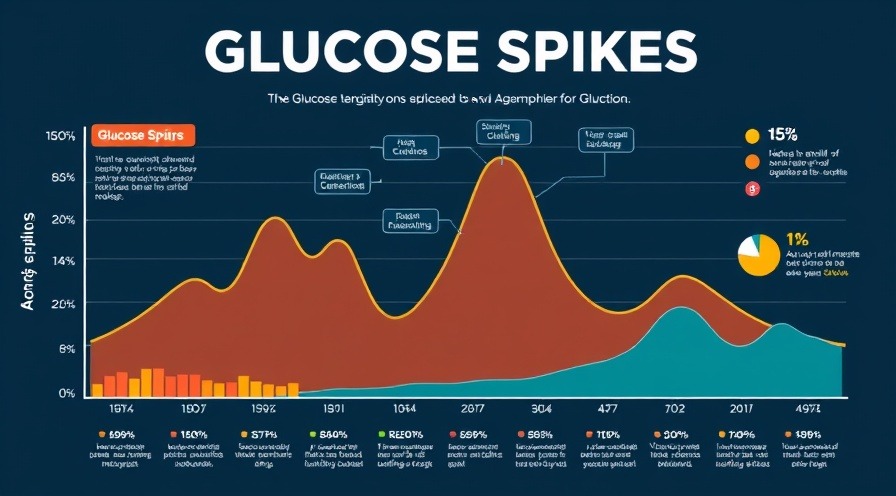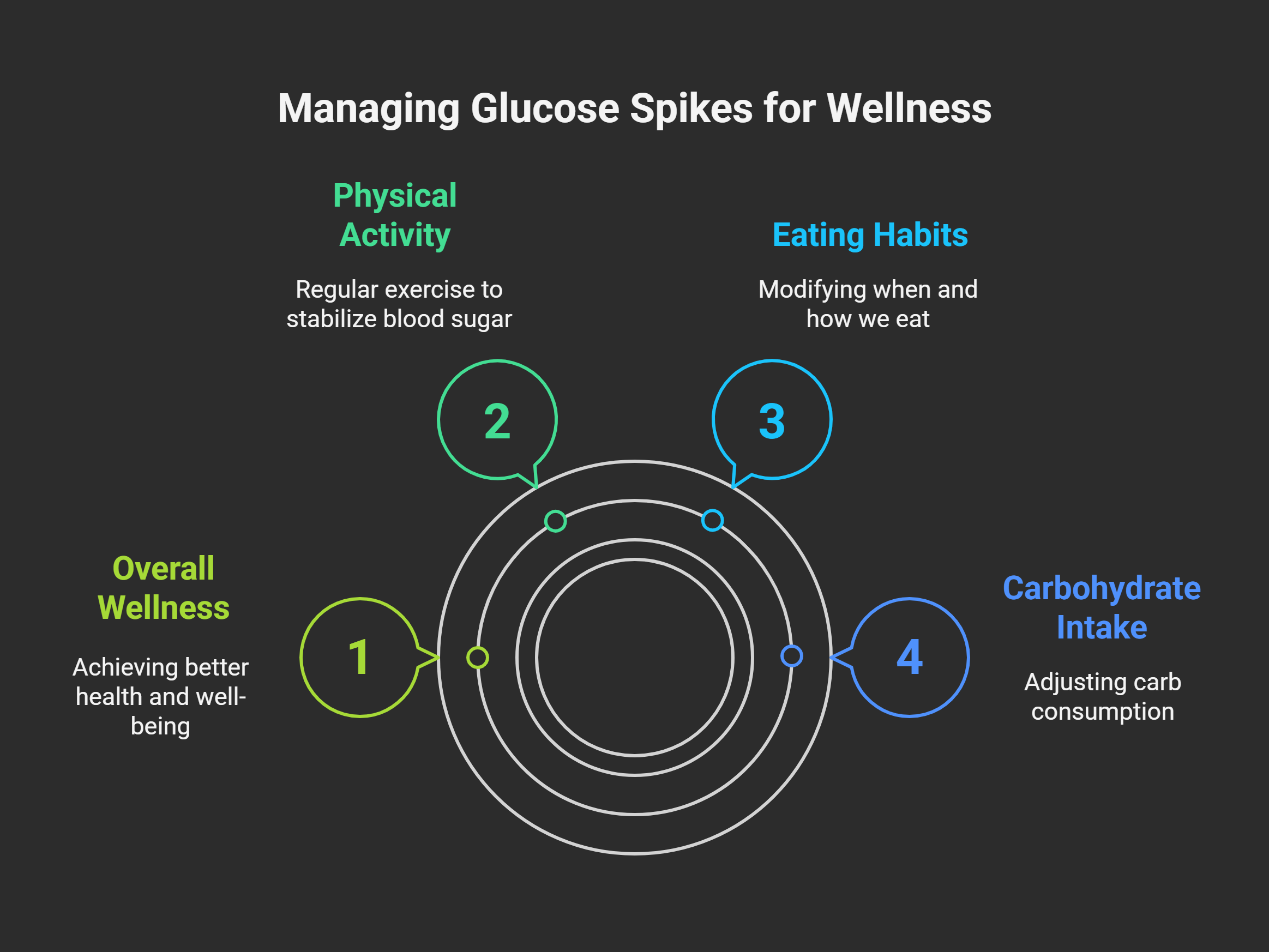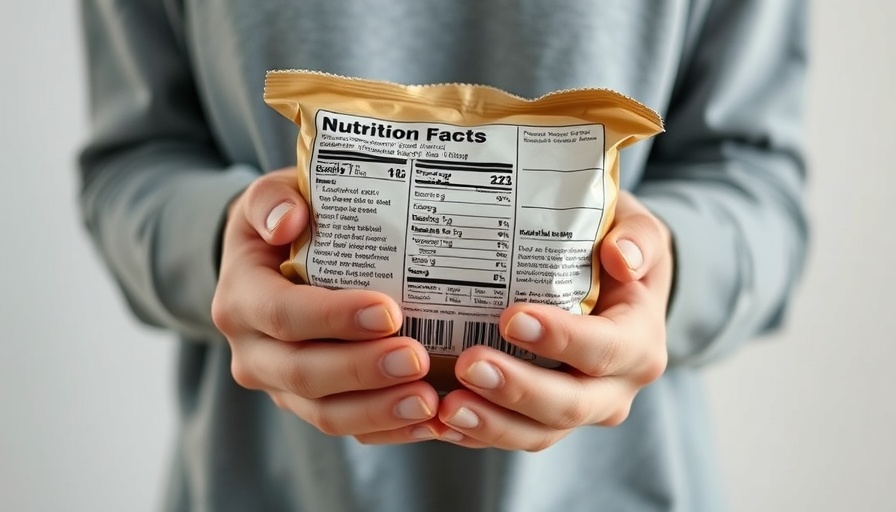
Understanding Glucose Spikes: What You Need to Know
After eating, it's natural for our blood sugar levels to rise. However, some individuals experience abnormally high or prolonged glucose spikes, especially those with type 2 diabetes or glucose intolerance. Managing these spikes is crucial for maintaining overall health and well-being. In Dr. Mario Kratz’s insights, we discover effective strategies to blunt these spikes and promote healthier eating habits.
In 'How to blunt Glucose SPIKES', the discussion dives into essential strategies for managing blood sugar levels, exploring key insights that sparked deeper analysis on our end.
Tip 1: Rethink Your Carbohydrate Choices
One of the primary culprits of glucose spikes is the consumption of high glycemic index (GI) carbohydrates on their own. For example, a breakfast consisting of white toast topped with butter and jam can lead to rapid blood sugar rises. Instead, opt for complex carbohydrates with lower glycemic indexes, like whole grain bread, which can help moderate blood sugar levels.
Pairing carbohydrates with protein and fiber can further reduce glucose spikes. For instance, if you usually enjoy toast, consider having it with a side of eggs and sautéed vegetables. Protein and fiber not only boost feelings of fullness, but they also slow down the absorption of glucose into the bloodstream, allowing for a more balanced blood sugar response.
Tip 2: Eating Order Matters
The order in which you eat your foods can dramatically influence glucose absorption. Studies have shown that beginning with vegetables, followed by protein, and then carbohydrates yields a significantly lower blood sugar peak compared to eating carbs first. This change may seem simple, but it can profoundly affect how your body processes glucose.
Tip 3: Incorporate Physical Activity After Meals
Engaging in light physical activity after meals can help manage blood sugar levels effectively. A brisk walk or other forms of exercise stimulate muscle contractions, which can draw in glucose from the bloodstream independently of insulin. This is especially helpful for individuals who may struggle with insulin sensitivity.
Incorporating a post-meal walk not only supports healthy blood sugar levels but also contributes to overall fitness and mental well-being. Making it a routine can lead to long-term health benefits and a better quality of life.
Tip 4: Emphasize Nutrient-Dense Foods
While it’s essential to consider how you eat, it’s equally important to look at what you consume. Meals rich in nutrients, including proteins and fiber from lean meats, legumes, or low-sugar fruits, can provide sustained energy without the glucose spikes. Transitioning away from calorie-dense but nutrient-poor foods can also contribute to better weight management and improved insulin sensitivity over time.

Long-term Benefits of Managing Glucose Levels
Implementing the above strategies not only helps in managing glucose spikes in the short term; it sets the foundation for better health in the long run. Improving your diet by adding more protein and fiber, combined with regular movement, can lead to weight management and reduced risk of chronic illnesses.
Addressing glucose spikes also prompts a broader awareness of nutrition, enabling individuals to make healthier choices that enhance their overall quality of life. A well-balanced diet goes hand in hand with achieving holistic well-being.
The Importance of Mindful Eating
To help mitigate glucose spikes, practicing mindfulness during meals is beneficial. Eating slowly, savoring each bite, and being attuned to hunger and fullness cues can prevent overeating and promote a healthy relationship with food. When individuals are more aware of their eating habits, they are likely to make healthier choices and better control blood sugar levels.
Conclusion: Small Changes, Big Impact
In summary, while glucose spikes may seem daunting, incorporating simple lifestyle changes can yield significant benefits for health-conscious adults. By adjusting carbohydrate intake, modifying how and when we eat, and incorporating physical activity into our daily routines, we can maintain stable blood sugar levels and enhance our overall wellness.
If you’re keen on improving your dietary habits and managing blood sugar levels for a healthier lifestyle, I encourage you to start by making small changes today. It’s the cumulative effect of these adjustments that leads to lasting change and better health.
Disclaimer: This article is for informational purposes only and does not constitute medical advice. Always consult with a healthcare provider before making significant changes to your diet or exercise routine, especially if you have underlying health conditions.
 Add Row
Add Row  Add
Add 




 Add Row
Add Row  Add
Add 

Write A Comment